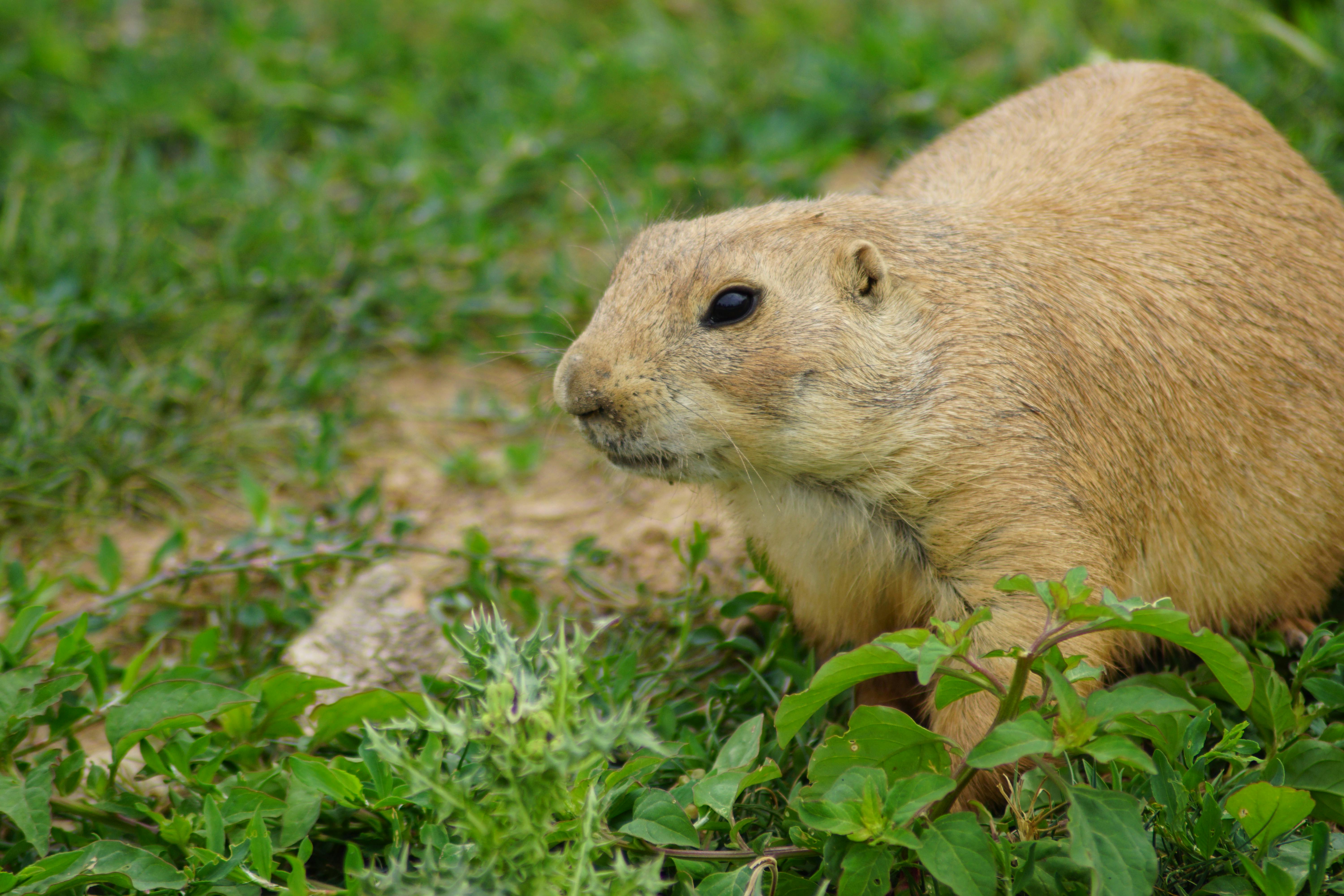Timing Imperative for Adequate Richardson Ground Squirrel (Gopher) Control
Monday, March 24, 2025
Richardson ground squirrels (RGS’s) commonly known as “gophers” usually emerge from hibernation the end of February to mid-March. Males emerge first and the females shortly after in which the breeding season commences. If you’re considering a control program this year, you’ll want to begin right away. Severe infestations may be prevented with early intervention.
Many preventative and control methods are used, including perching poles for hawks and owls, maintaining taller pasture and grass lengths, rotation of crops to disturb the burrow systems, shooting, trapping, and baiting, etc. Unfortunately, no one method will prevent or solve high infestation problems. Acting early and considering multiple options can help you control gopher populations more effectively. If considering baiting, timing is even more crucial this year as Strychnine has been deregulated and Rozol RTU is the only licensed product available in Canada. Rozol RTU is only effective when consumed multiple days in a row. As grass gets more green bait becomes less appealing to RGS’s and therefore the Rozol becomes less efficient at controlling RGS’s.
STRYCHNINE HISTORY
In 2020, the Pest Management Regulatory Agency (PMRA) completed its review of the registration for Strychnine for Richardson Ground Squirrel (RGS) control. PMRA decided to cancel strychnine’s registration. As a result, this product will no longer be an option for producers to control their RGS problems. The elimination of strychnine has occurred over the past three years, by first eliminating its production, then sales, and finally by the end of March 2023, its use. This is not the first-time strychnine use has been cancelled. Two previous formulations of strychnine (3% and 5%) were available to producers until they were deregistered in 1992. 2% strychnine became available once again in 2001 due to a surge in ground squirrel population numbers. PMRA’s verdict in this round of bans was due to too high of an environmental risk using strychnine as outlines on the label – Given this current cancellation, it is unlikely that any kind of strychnine-based products will be available in the future so we must explore other control options to address them.
CURRENT OPTIONS
The most effective and long-lasting technique to controlling a RGS infestation involves an integrated pest management approach (IPM). This consists of a variety of methods to keep pest populations in check. While chemical controls have often been considered the most effective option, especially when dealing with large areas, several other methods used simultaneously can be equally effective. Every farming operation is run differently, so no single technique will work in every application. Individuals will have to find a combination of methods that work best for them. Here is a list of several different techniques to consider:
Pesticide Controls
- While strychnine was the standard option for severe infestations, there are a few products that are still readily available and other more difficult-to-find options as well. Several pest control companies can be contracted to apply products for you. If applying these products yourself be sure to follow all label directions.
- Chlorophacinone (trade name Rozol or Ground Force) has been an option for several years. It acts as an effective anticoagulant but requires more labour than strychnine as the ground squirrels often need to ingest the product a couple of times to consume a lethal dose. These products can often be found at agricultural supply stores (UFA or PeavyMart)
- Another common option is using sulphur gas cartridges (Giant Destroyers). These will also require a little more labour as they are most effective when all the burrow entrances have been plugged off. Similarly, there are a handful of pieces of equipment that will fill the burrows with exhaust fumes to suffocate the ground squirrels.
- Other products that are registered for control of Richardson Ground Squirrels include: diphacinone, zinc phosphide, and a white mustard seed/sodium alpha-olefin sulfonate compound (RoCon). These products are however very difficult to source and will often only be used by pest control contractors.
- Some household products are rumoured to “displace” ground squirrels. Some examples include fish scraps, castor oil, coffee grounds, dryer sheets, mothballs, and peppermint oil. However, none of these products are supported for this use by the PMRA.
Direct Controls (Physical)
A big advantage to direct control measures if they produce immediate and verifiable results. This is to say through shooting and trapping you can physically count all the squirrels that have been controlled. Ensure you are following all firearm regulations while shooting.
Indirect Controls (passive)
Some of the longest-lasting methods that require very little inputs involved the incorporation of management techniques that naturally remove or discourage ground squirrel establishments. For example, keeping grass stands over 15cm in height can discourage new infestations from occurring. Encouraging raptor or owl habitat by maintaining tall trees for nesting and hunting perches. Even installing nesting platforms and boxes can be very beneficial.
For more information on indirect RGS controls, contact Agriculture & Environmental Services agservices@rockyview.ca.
IMPORTANT FACTORS
Continual monitoring is required with all control techniques so that adjustments can be made for inadequate methods. If some activities do not seem to be having the desired outcomes, consider trying other methods. Also, do not forget to factor in the lifecycle of ground squirrels. The ending and beginning of hibernation vary by age and gender. It is important to consider this when taking on control efforts. For more information on Richardson Ground Squirrel control, check out Agri-Facts.

Posted in:
Agriculture